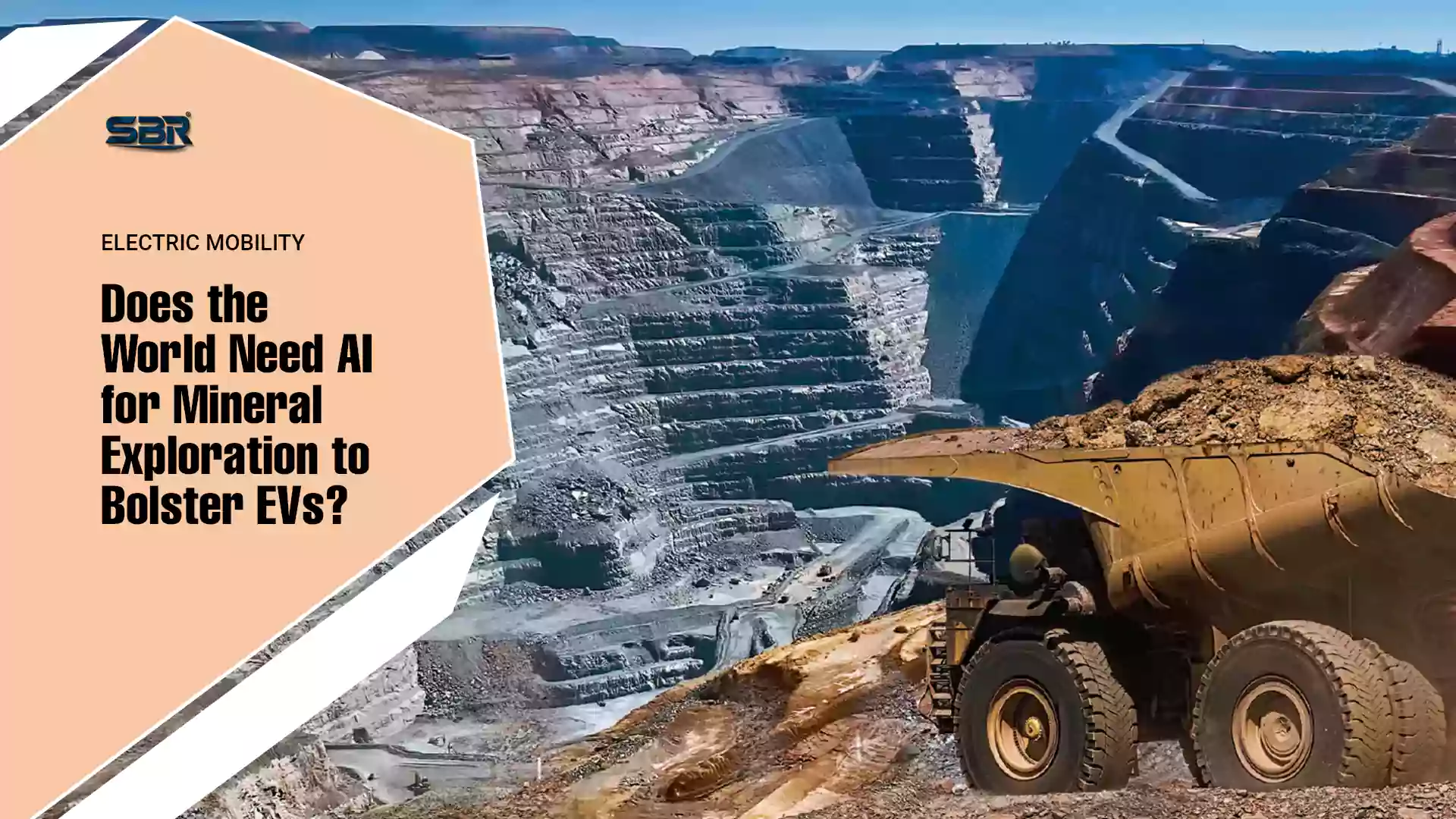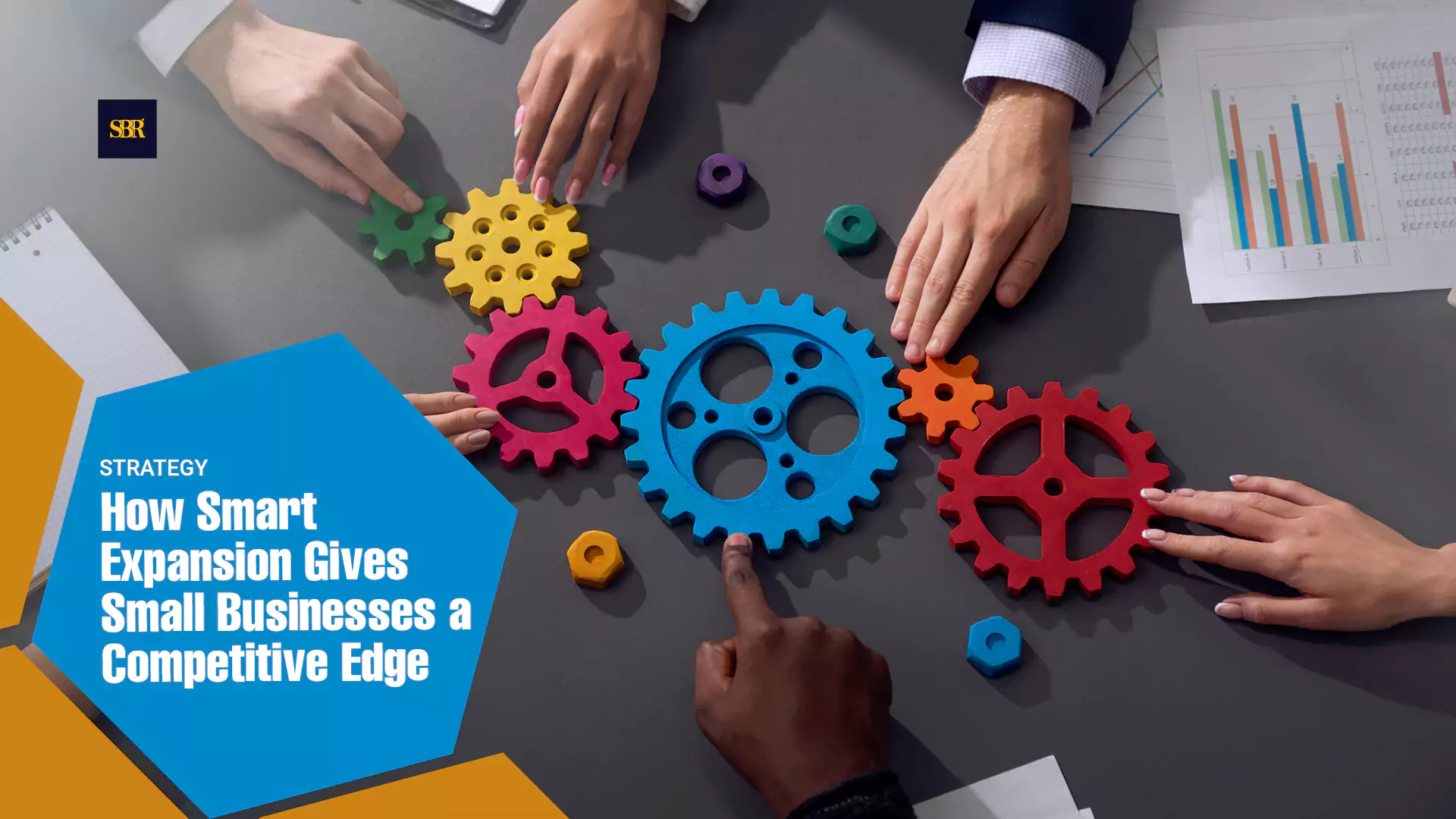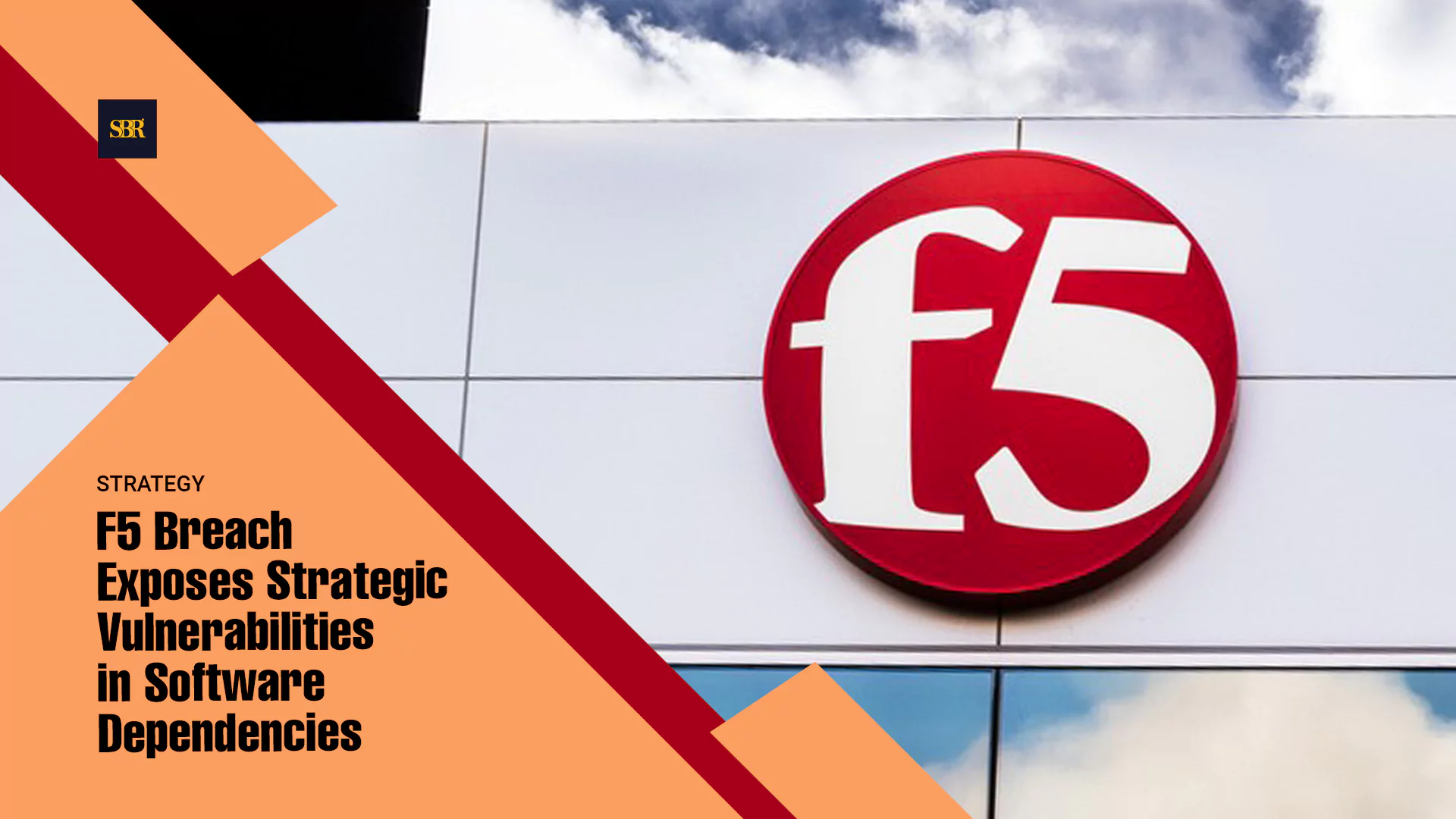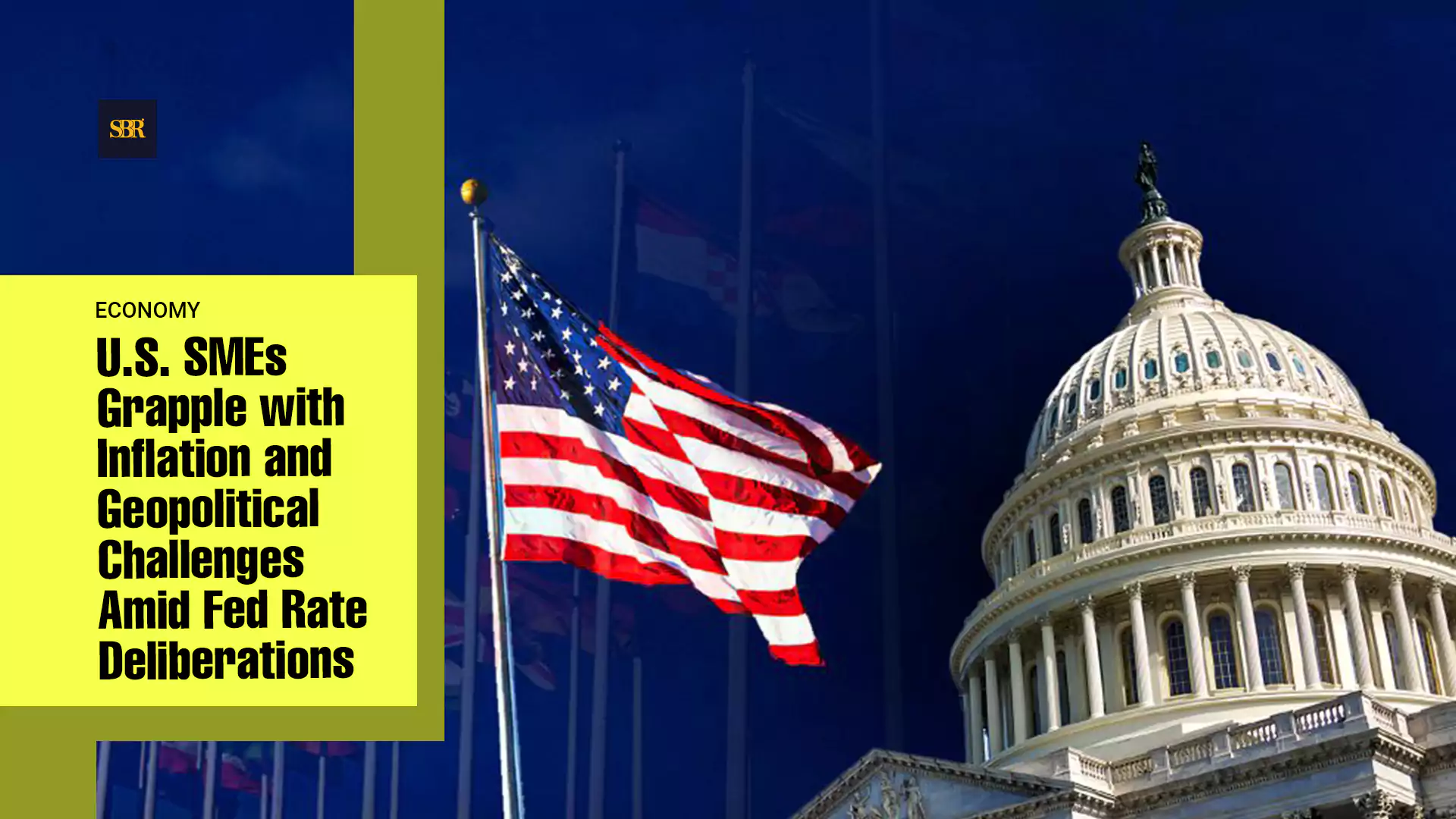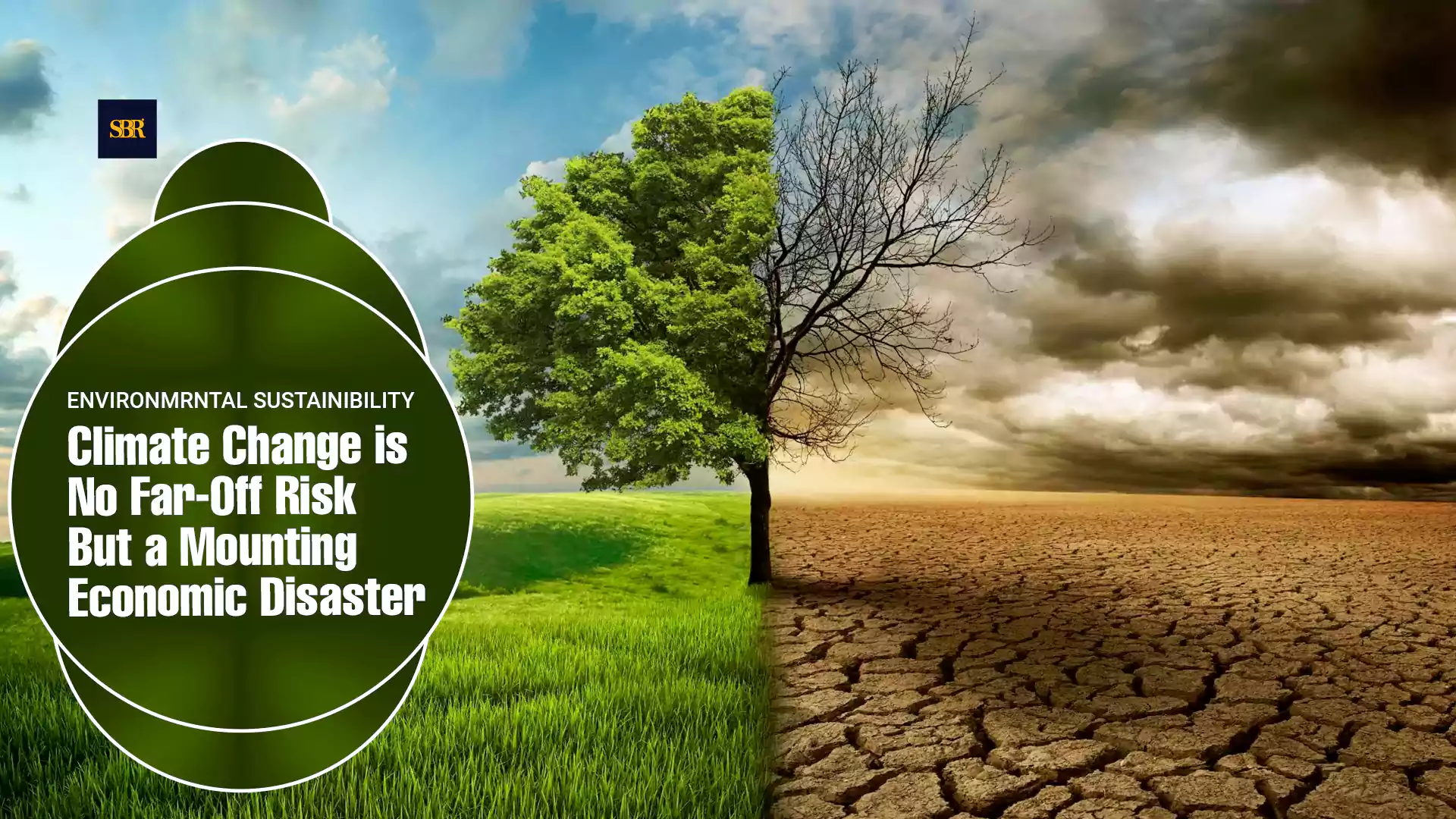NEW JERSEY, June 24, 2025 — The last over two decades have seen emergence of essential mineral hubs across continents, which could possibly be a shot in the arm for the Electric Vehicle (EV) industry. What is more encouraging is that Geologists are turning to Artificial Intelligence (AI) to find and mine the minerals that power EVs. On several occasions, after exploration of minerals, its mining has either been tardy or else been put on the backburner.
Encouraging reports suggest that a team of researchers in China’s Fudan University has recently started using AI to help infuse new life into used electric vehicle batteries. The move aimed at extending the lifespan of lithium-ion batteries used in electric vehicles, comes with a hope to make EVs more endurable and cost-effective. Besides, reusing old batteries will also help to deal with the high demand for lithium. The process can also help to reduce the flow of toxic minerals into landfills. Over the past few years, AI research hubs in Canada such as the Creative Destruction Lab, Vector Institute and Mila have started working with mining companies to apply AI.
Earlier this year, Vancouver-based Vrify Technology raised $12.5 million in a series B round, led by New York VC firm LGVP. Known for using AI to help geologists discover mineral deposits, the company is reported of saying that it is breaking even. Quoting Vrify Technology CEO Steve de Jong, media reports have highlighted that the company was expanding its business as the mining sector approaches its “ChatGPT moment”. Additionally, KoBold Metals, backed by Bill Gates, Jeff Bezos, and Jack Ma and also uses AI for mineral discovery, closed a US$537 million series C round in January.
The advent of AI for mineral exploration is in the backdrop of the shortage of rare earth magnets after China tightened its exports. In absence of these magnets, the challenge for the EV industry is to find a new source for this vital component used in EV batteries. EV experts have expressed supply chain constraints. Most countries are focusing on localization of manufacturing rare earth magnets, pumping huge money into the research and development for battery alternatives to Lithium Ion.
On Tuesday, the Indian government revealed that it is planning to launch a ₹1,000 crore (USD 10 billion) scheme to promote domestic production of rare-earth magnets. These much sought-after magnets are key components in EVs, electronics, and defense sectors. Government officials in India are believed to having said that its program to set up rare earth magnets will be firmed up in next two weeks. China’s export curbs on rare-earth materials have not just raised concerns within India's automobile sector but it could also hit electronics and semiconductor sectors.
China is the world's largest rare earth magnet producer accounting for over 90 percent of global supply. In April, China decided to impose restrictions on exports of seven medium-to-heavy rare earth products and some magnets. This choking of supplies has hit supply chains crucial to auto, aerospace, semiconductor and military equipment sectors around the world. In May, China is reported to have shipped out 1,238 metric tons of rare earth permanent magnets, down 52.9 percent from April. This is also the lowest level for a single-month exports since February 2020, data from the General Administration of Customs has revealed.
The mining industry is witnessing a transformation led by AI and becoming an increasingly important component at various stages of the production process. AI promises lower costs, improved safety, enhanced efficiency and a reduction in carbon footprint. The new-age technology though also presents risks such as high integration costs, data security concerns, overreliance on empirical and modeled data, and ethical dilemmas. While the mining sector grapples with complexities, it also demonstrates a willingness to shape the future of mining using AI, albeit at a slow pace.
The mining industry isn’t just digging deeper, it’s thinking smarter, even as global supply chains feel the strain.
Inputs from Saqib Malik
Editing by David Ryder
